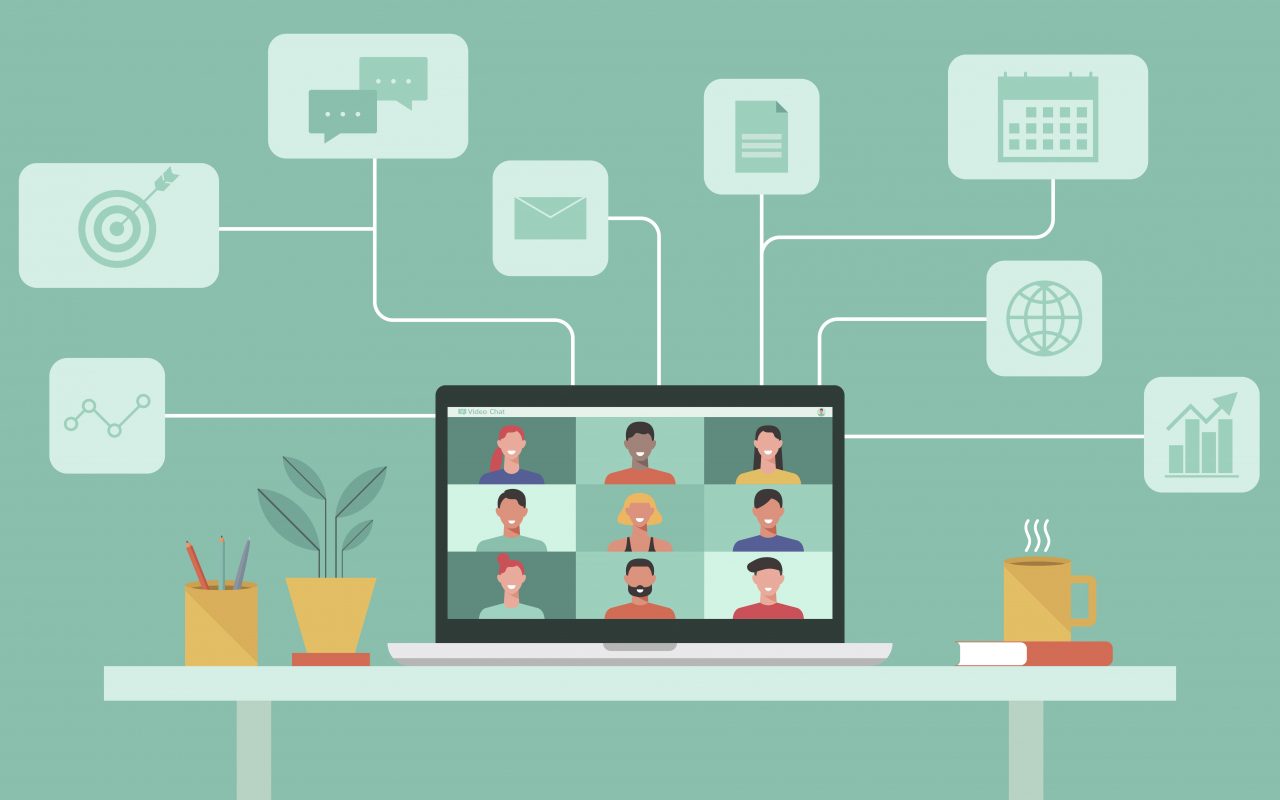News & Events
Ready, Steady, Go!
Events | Info: 29/06/2021
The kick-off meeting marks the official launch of the Playing with Protons Goes Digital project, a two-year collaborative effort to foster school digital readiness and resilience for a creative and engaging science classroom.

Today marked the launch of Playing with Protons Goes Digital with the inaugural transnational project meeting that was held virtually as a precaution in light of the ongoing coronavirus pandemic. Coordinated by the National Institute of Nuclear Physics (INFN), the project brings together a 5-party consortium from Italy, Greece, Spain and the UK with a proven track record and passion for bringing innovation and creativity to the science classroom.
The meeting started with a warm welcome note and an introductory presentation by the project coordinator, Dr. Pierluigi Paolucci, senior physicist at INFN and CERN. He set the stage to emphasise the major disruptions that schools in Italy, Europe and beyond have experienced as a result of the pandemic crisis. He also talked about the difficulties non-formal and informal science education providers, such as INFN and Città della Scienza, have had to interact with schools through their outreach programmes during the school closures, giving as an example the Art & Science across Italy initiative. Dr. Paolucci also introduced the members of the INFN team that will be participating in the project over the next two years.
The partners then turned to the key question that Playing with Protons Goes Digital addresses: how can student projects, especially creativity-enhanced STEAM activities in the framework of Open Schooling, come to life in the face of major disruptive events such as the current pandemic crisis?
This question set the stage for a lively exchange of viewpoints and expertise from all partners by sharing their experiences in their countries, and presenting good practices developed in the framework of previous European projects, such as the CREATIONS project, that have left a positive footprint in STEAM education.
The consortium agreed that conducting early in the new school year a teacher needs analysis would be essential for gathering valuable information on: the ICT tools teachers used during school closures; the relative effectiveness of those tools in remote teaching; the potential of new digital technologies, such as Augmented Reality (AR), for enhancing science teaching both remotely and in-class; their digital training needs; and finally the extent to which they would be interested in taking part in the project activities.
All partners also expressed their commitment to work with teachers and educators to offer Gen Z students more digitally enhanced STEAM learning experiences in the future. The ways in which this mission would be accomplished were then discussed by going through the expected outcomes (or the so-called intellectual outputs) of the project. These range from the conceptual and methodological framework to the resources, activities and tools that will be available to teachers and educators to apply to their classrooms during and after the course of the project.
This discussion was particularly helpful for the consortium. The partners were better able to understand the synergies needed to co-develop teacher- and student-friendly resources that tap on the transformative potential of new digital technologies, especially AR, that also take into account the cultural and environmental contexts that affect teaching and learning in diverse settings.
Despite being held virtually, the kick-off meeting paved the path for the next 24 months of continued and fruitful collaboration for supporting the development of the digital capacity and leadership of teachers and educators in order to continue providing students with more interactive and immersive STEAM learning experiences during and post COVID-19 times.
In a closing remark, all partners expressed their hope that the second transnational project meeting, scheduled for early next year, would take place physically in beautiful Bilbao!
